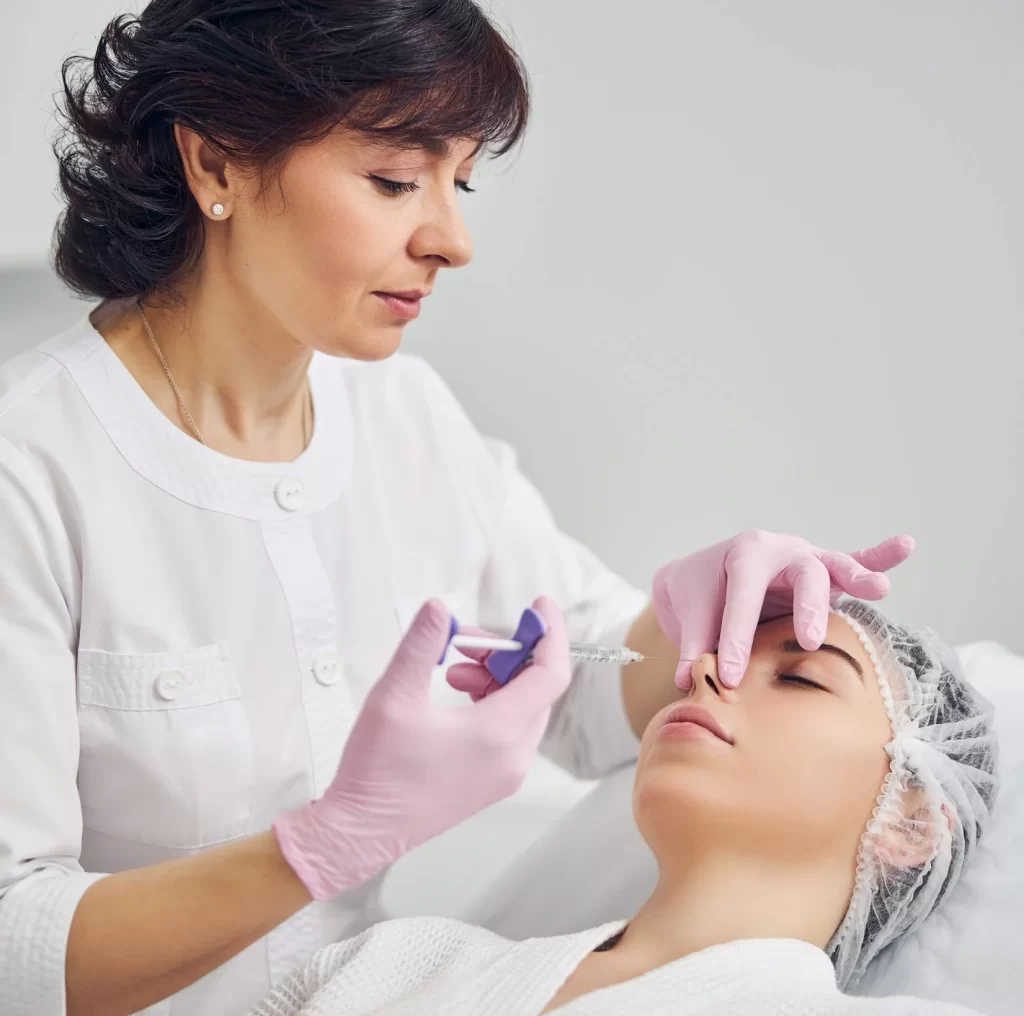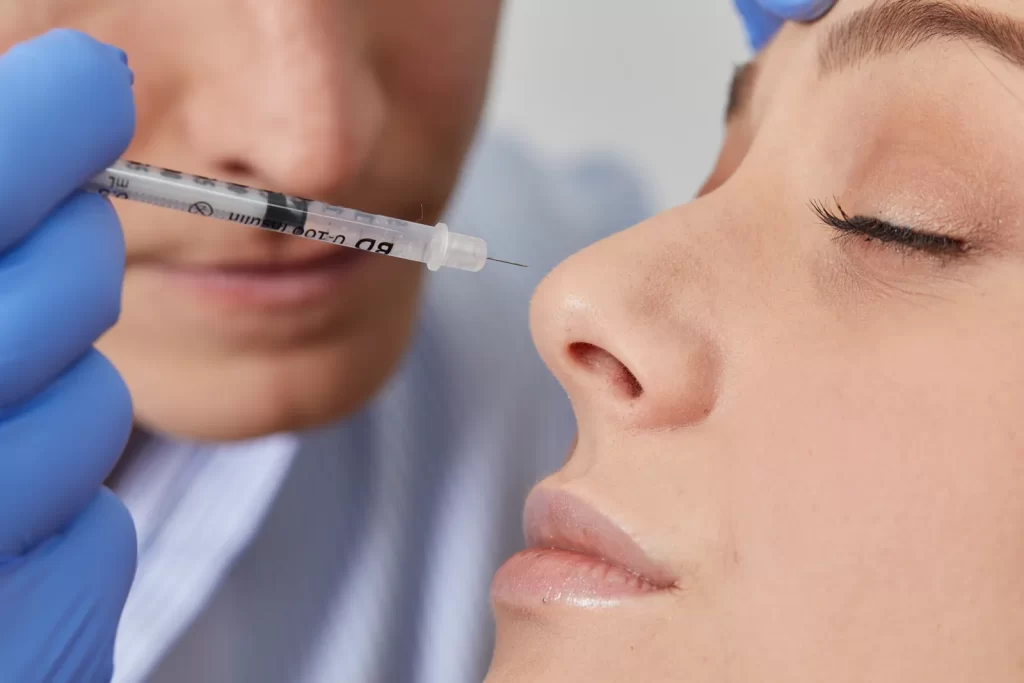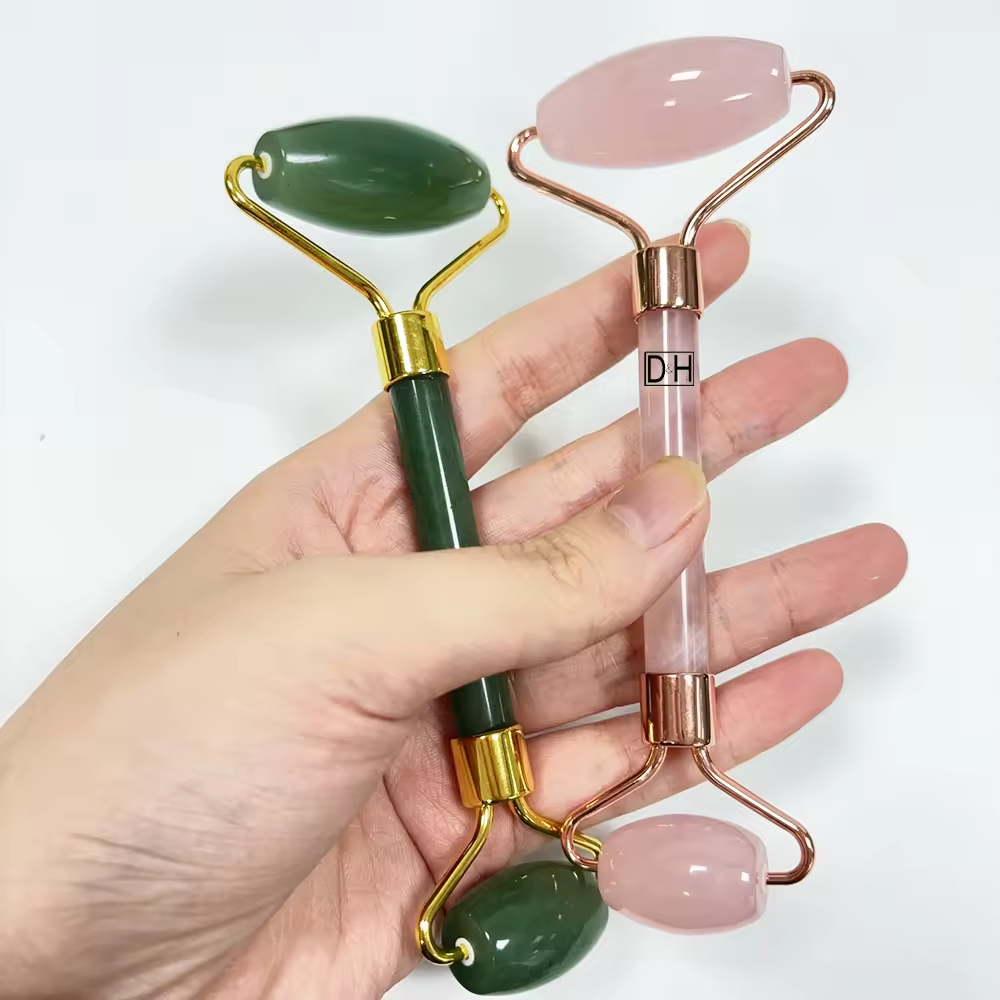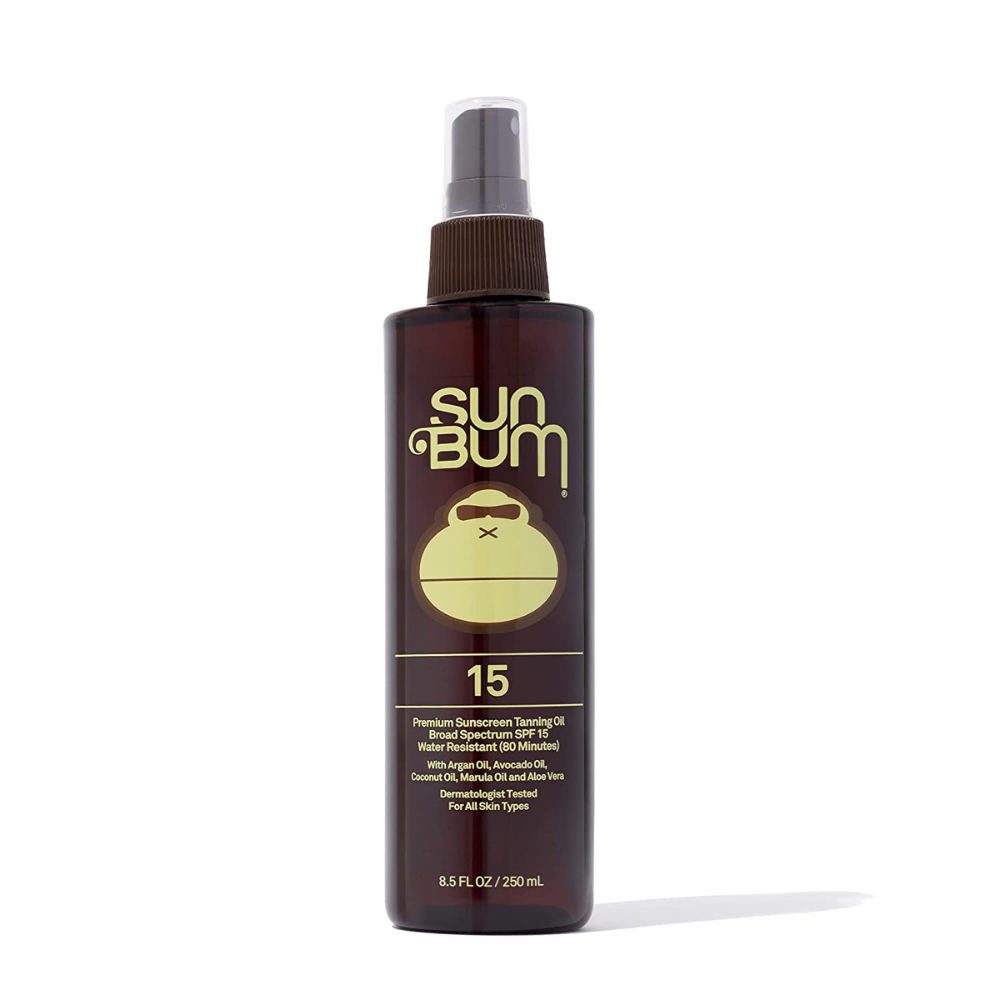Reshaping Your Nose with Liquid Rhinoplasty: A Non-Surgical Solution
Liquid rhinoplasty is a non-surgical alternative to traditional rhinoplasty surgery. This innovative cosmetic procedure utilizes injectable dermal fillers to enhance and refine the appearance of the nose, delivering impressive results without the need for an operation.
Defining Liquid Rhinoplasty
Liquid rhinoplasty, also known as non-surgical nose job or injectable rhinoplasty, involves the strategic placement of dermal fillers to reshape and contour the nose. These injectable gels, typically made from hyaluronic acid, can address a variety of nasal concerns, from correcting bumps and asymmetries to enhancing the bridge or tip of the nose.
The procedure is a minimally invasive option for individuals seeking to improve the appearance of their nose without undergoing traditional, surgical rhinoplasty. It provides a convenient, reversible alternative that can produce natural-looking enhancements.
Understanding the Benefits
Liquid rhinoplasty offers a range of benefits that make it an appealing option for those seeking to enhance their nasal appearance:
1. Non-Surgical Approach:
Unlike traditional rhinoplasty, which requires general anesthesia and invasive surgical techniques. Liquid rhinoplasty is a non-surgical procedure performed using only injectable fillers. This reduces the risks and recovery time associated with surgical intervention.
2. Immediate Results:
Liquid rhinoplasty can deliver immediate improvements in the appearance of the nose, as the filler is injected directly into the targeted areas. Patients can see the results of the treatment right away, without having to wait for an extended recovery period.
3. Reversibility:
If the patient is unsatisfied with the results of the liquid rhinoplasty, the dermal filler can be safely dissolved, allowing the nose to return to its original shape. This provides a level of flexibility not found in traditional surgical rhinoplasty.
4. Reduced Downtime:
Compared to the extensive recovery process associated with surgical rhinoplasty, liquid rhinoplasty typically involves minimal downtime, with most patients able to resume their normal activities within a few days.
5. Cost-Effectiveness:
The non-surgical nature of liquid rhinoplasty often makes it a more cost-effective option than traditional rhinoplasty surgery, making it accessible to a wider range of individuals.
Ideal Candidates for Liquid Rhinoplasty
Liquid rhinoplasty can be a suitable option for individuals who:
- Desire subtle, natural-looking enhancements to the shape and appearance of their nose
- Have minor nasal imperfections, such as bumps, asymmetries, or a need for refinement
- Wish to avoid the risks and recovery period associated with surgical rhinoplasty
- Understand that the results of liquid rhinoplasty are temporary and require periodic maintenance
It’s important to note that liquid rhinoplasty is not a suitable solution for individuals with significant nasal deformities, breathing difficulties, or a desire for dramatic, permanent changes to the shape of their nose. In such cases, traditional surgical rhinoplasty may be the more appropriate treatment option.
The Liquid Rhinoplasty Procedure
The liquid rhinoplasty procedure typically involves the following steps:
1. Consultation and Assessment:
During the initial consultation, a qualified cosmetic specialist, such as a dermatologist or plastic surgeon, will assess the patient’s nasal anatomy, identify the areas of concern, and develop a customized treatment plan.
2. Numbing the Treatment Area:
The targeted areas of the nose are numbed with a local anesthetic to ensure the patient’s comfort throughout the procedure.
3. Injection of Dermal Fillers:
The cosmetic specialist will carefully inject the dermal filler. Such as hyaluronic acid-based products, into the predetermined areas of the nose. This can include the bridge, tip, or other specific regions that require enhancement or refinement.
4. Sculpting and Shaping:
The cosmetic specialist will gently manipulate and massage the injected filler to achieve the desired shape and contour of the nose.
5. Evaluation and Adjustments:
The specialist will evaluate the results and, if necessary, make any minor adjustments to the placement or amount of filler used to ensure a natural-looking outcome.
The entire procedure typically takes 30 to 60 minutes, depending on the complexity of the treatment and the specific needs of the patient.
Commonly Treated Nasal Concerns
Liquid rhinoplasty can address a variety of nasal concerns, including:
1. Nasal Bumps or Humps:
Dermal fillers can be strategically placed to camouflage or smooth out visible bumps or humps on the nasal bridge.
2. Nasal Tip Refinement:
Fillers can be used to enhance the shape and projection of the nasal tip, creating a more balanced and harmonious appearance.
3. Nasal Asymmetries:
Dermal fillers can help correct minor asymmetries or irregularities in the shape of the nose, creating a more symmetrical look.
4. Nasal Dorsum Enhancement:
Fillers can be used to build up and enhance the appearance of a flat or recessed nasal bridge.
5. Nasal Scar Correction:
In some cases, dermal fillers can be used to minimize the appearance of nasal scars or irregularities caused by previous trauma or surgical procedures.
By addressing these common nasal concerns, liquid rhinoplasty can help individuals achieve a more aesthetically pleasing and harmonious facial appearance.

Aftercare and Recovery
The recovery process following a liquid rhinoplasty procedure is generally quite straightforward, with minimal downtime and discomfort experienced by most patients.
Immediately after the treatment, patients may experience some mild swelling, redness, or bruising at the injection sites. These side effects are typically short-lived, often resolving within a few days to a week.
Patients are advised to avoid strenuous exercise, excessive sun exposure, and the use of makeup on the treated area for the first 24 to 48 hours. Gentle cleansing and the application of cold compresses can help alleviate any discomfort or swelling during the initial recovery period.
Most patients are able to resume their normal daily activities within a few days of the procedure, with the final results becoming fully visible within 2 to 4 weeks as the filler integrates into the nasal tissue.
It’s important for patients to follow the post-treatment instructions provided by their cosmetic specialist, as well as to report any persistent or concerning side effects for proper evaluation and management.
Potential Risks and Complications
While liquid rhinoplasty is generally considered a safe and minimally invasive procedure. There are some potential risks and complications that patients should be aware of:
1. Bruising and Swelling:
Mild bruising and swelling at the injection sites are common and typically subside within a few days.
2. Asymmetry or Irregularities:
In rare cases, the filler may not be evenly distributed, leading to subtle asymmetries or irregularities in the appearance of the nose.
3. Infection:
As with any injection-based procedure, there is a small risk of infection at the treatment site, which should be monitored and addressed promptly.
4. Vascular Occlusion:
In extremely rare instances, the filler may inadvertently be injected into a blood vessel, potentially causing vascular occlusion and subsequent tissue damage. This complication requires immediate medical attention.
5. Allergic Reaction:
Although uncommon, some patients may experience an allergic reaction to the dermal filler used in the liquid rhinoplasty procedure.
It’s crucial for patients to have their liquid rhinoplasty performed by a qualified and experienced cosmetic specialist who can properly assess and manage any potential risks or complications that may arise.

Complementary Treatments
In some cases, liquid rhinoplasty may be combined with other cosmetic treatments to achieve a more comprehensive facial enhancement. Some complementary options include:
1. Botulinum Toxin Injections:
Neurotoxin injections, such as Botox, can be used to relax facial muscles and further refine the appearance of the nose, particularly in the nasal tip and nostrils.
2. Laser Treatments:
Non-invasive laser procedures can be used to address additional skin concerns. Such as fine lines, wrinkles, or uneven skin texture, that may accompany nasal imperfections.
3. Skin Resurfacing:
Treatments like microneedling or chemical peels can help improve the overall skin quality and texture, creating a more youthful, radiant appearance.
4. Facial Fillers:
Strategically placed dermal fillers in other areas of the face, such as the cheeks or chin, can help create a more harmonious and balanced facial aesthetic.
By incorporating these complementary treatments, patients can achieve a more comprehensive, holistic improvement in their facial appearance, further enhancing the results of their liquid rhinoplasty procedure.
Conclusion
With its immediate results, minimal downtime, and reversibility, liquid rhinoplasty provides a convenient and flexible alternative to traditional rhinoplasty surgery. By understanding the benefits, the procedure, and the potential risks, individuals can make an informed decision about whether this transformative treatment is the right choice for them.
Embrace the power of liquid rhinoplasty and unlock a new level of confidence and self-expression, enjoying a harmonious and aesthetically pleasing facial appearance.





